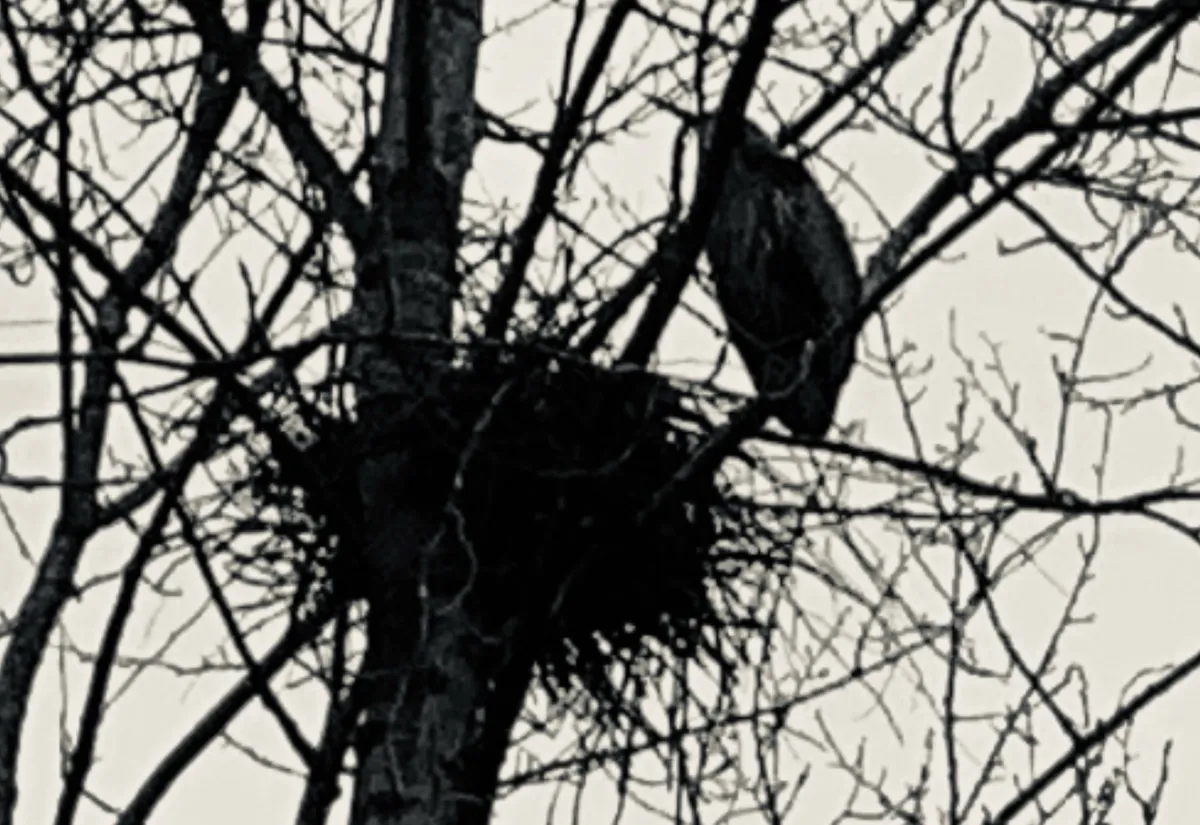Herons in spring
Herons typically build new nests each year. While some species of herons may reuse nests from previous years, it is common for them to construct new nests for several reasons:
- Nesting Habits: Herons are known to be colonial nesters, often nesting in groups with other herons. They build their nests in trees, shrubs, or reeds, depending on the species and habitat.
- Nest Maintenance: While herons may return to the same nesting area, they often add new materials to their nests each year or build entirely new nests. This helps ensure the nest is sturdy and suitable for raising their young.
- Breeding Season: Each breeding season, herons typically engage in courtship displays and nest building as part of their reproductive behavior. This process helps establish territory and attract mates.
- Environmental Factors: Changes in environmental conditions, such as weather events, predation, or human activity, may also influence herons to build new nests rather than reuse old ones. Overall, while some herons may reuse nests, it is common for them to build new nests each year as part of their breeding cycle.
Heron eggs are typically laid during the spring breeding season, although the exact timing can vary depending on the species of heron and the geographical location. Here are some general points regarding the timing of egg-laying:
- Breeding Season: Most heron species begin their breeding season in late winter to early spring. This is when they engage in courtship behaviors and prepare to nest.
- Egg Laying: Herons usually lay eggs a few weeks after establishing their nests. The specific timing can vary by species and region, but egg-laying generally occurs between March and June.
- Clutch Size: Herons typically lay a clutch of 2 to 6 eggs, depending on the species. The eggs are usually bluish or greenish in color and are incubated by both parents.
- Incubation Period: After the eggs are laid, they are incubated for about 25 to 30 days, depending on the species. Both parents often share the responsibility of incubating the eggs and caring for the young once they hatch.
- Species Variation: Different species of herons may have slightly different breeding and egg-laying schedules. For example, the Great Blue Heron (Ardea herodias) and the Great Egret (Ardea alba) have similar breeding seasons, but specific timing can vary based on local environmental conditions. Overall, the timing of egg-laying in herons is closely linked to seasonal changes and environmental factors, ensuring that the young have the best chance of survival after hatching.

(picture taken by Glenys)